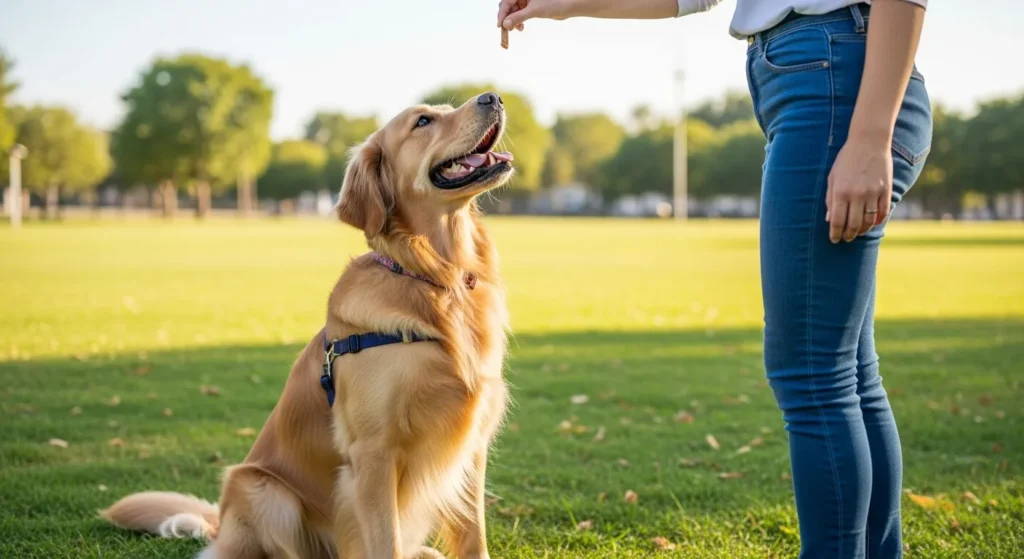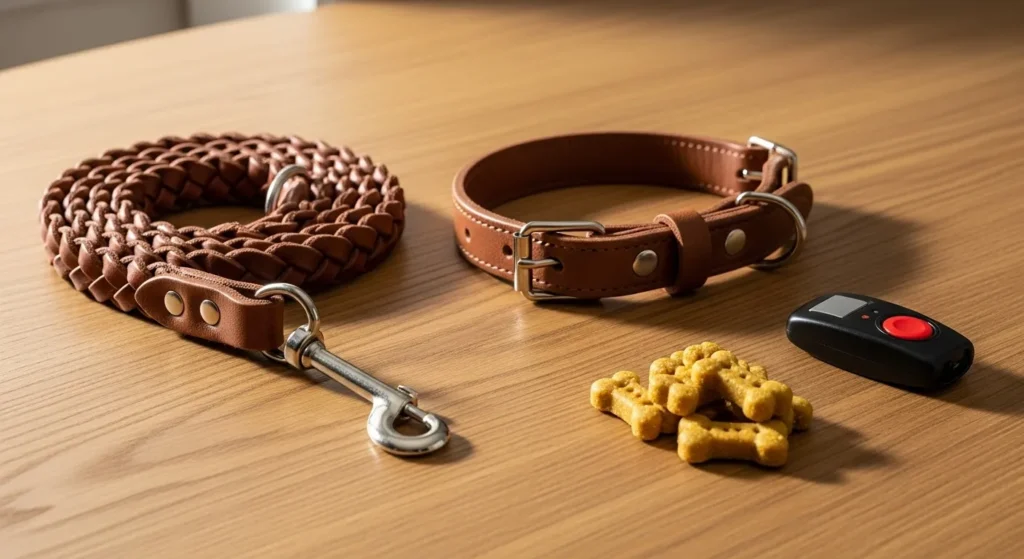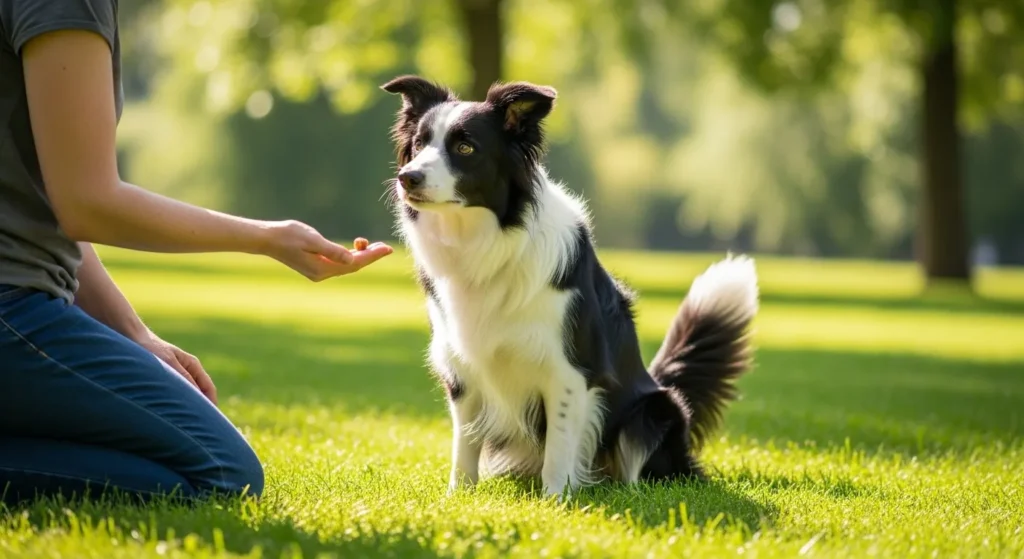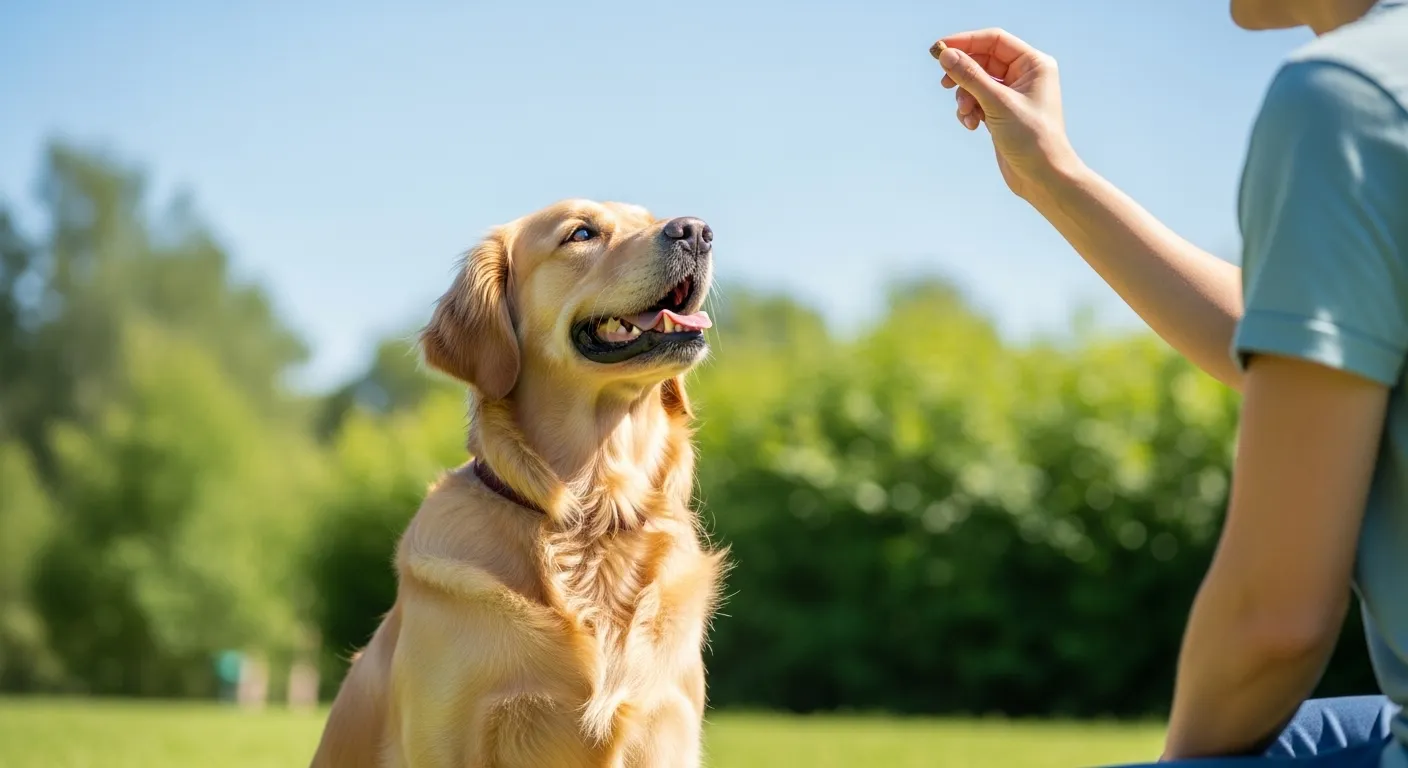Training a dog is a rewarding journey. It builds a strong bond and ensures good behavior. This guide covers key steps, tips, and techniques to train your dog effectively. Whether you have a puppy or an adult dog, these methods work. Let’s dive into the process with clear, actionable steps.
Why Train Your Dog?
Training improves your dog’s behavior and safety. It helps them follow commands, reducing risks like running into traffic. A well-trained dog is happier and more confident. It also makes life easier for you, the pet owner.
- Better communication: Commands like “sit” or “stay” create clear expectations.
- Stronger bond: Training builds trust between you and your dog.
- Safety: Commands prevent dangerous behaviors.
- Social skills: Trained dogs interact better with people and other pets.

Understanding Your Dog’s Needs
Every dog is unique. Their breed, age, and personality affect how they learn. Use our Pet Breed Finder Quiz to learn more about your dog’s traits. Knowing these helps tailor your training approach.
- Puppies: Need short, frequent sessions (5-10 minutes).
- Adult dogs: May require unlearning bad habits first.
- High-energy breeds: Need more activity before training.
Check your dog’s health before starting. If they show unusual behavior, use our Pet Symptom Checker to identify potential issues.
Essential Training Tools
You don’t need fancy equipment. Simple tools make training easier:
- Treats: Small, soft treats work best. Learn safe treat options in our post on what fruits can dogs eat.
- Leash and collar: For control during outdoor training.
- Clicker: Optional for marking good behavior.
- Toys: Use as rewards for play-driven dogs.

Basic Commands to Teach
Start with simple commands. These build a foundation for advanced training. Practice daily for 5-10 minutes in a quiet space.
Sit
- Hold a treat near your dog’s nose.
- Move it up, so their bottom touches the ground.
- Say “sit” and reward with the treat.
- Repeat until they sit on command.
Stay
- Ask your dog to sit.
- Hold your hand out, palm facing them, and say “stay.”
- Step back slowly. Reward if they stay put.
- Increase distance over time.
Come
- Put your dog on a leash.
- Say “come” while gently pulling the leash.
- Reward when they reach you.
- Practice off-leash in a safe area.
Down
- Hold a treat near the ground.
- Say “down” as your dog lies down to reach it.
- Reward immediately.
- Practice regularly for consistency.
For more tips on dog behavior, see our post on why does my dog follow me everywhere.
Positive Reinforcement: The Key to Success
Reward good behavior with treats, praise, or play. Avoid punishment—it can cause fear or confusion. Positive reinforcement builds trust and encourages learning.
- Timing: Reward within seconds of the behavior.
- Consistency: Use the same commands and rewards.
- Patience: Dogs learn at different paces.

Common Training Challenges and Solutions
Dogs may struggle with certain behaviors. Here are solutions to common issues:
- Barking: Identify triggers like boredom or strangers. Redirect with commands or toys. See can dogs get hiccups for related behavior tips.
- Jumping: Ignore jumping and reward calm behavior.
- Chewing: Provide chew toys and redirect attention.
- Pulling on leash: Stop walking when they pull. Reward loose leash walking.
For health-related behaviors, check our Pet Symptom Checker.
Socializing Your Dog
Socialization helps your dog feel comfortable around people and other animals. Start early, especially with puppies.
- Expose gradually: Introduce new sights, sounds, and animals slowly.
- Positive experiences: Pair new encounters with treats or praise.
- Dog parks: Use for controlled socialization after basic training.
Learn how to introduce pets safely in our post on how to introduce a cat to a dog.
Advanced Training Tips
Once basic commands are mastered, try advanced skills:
- Heel: Teach your dog to walk beside you without pulling.
- Leave it: Train them to ignore distractions like food or objects.
- Tricks: Teach fun tricks like “roll over” or “shake.”
For breed-specific training needs, use our Pet Breed Finder Quiz.
Training for Specific Ages
Puppies (8 weeks to 6 months)
- Focus on socialization and basic commands.
- Keep sessions short (5-10 minutes).
- Use our Pet Age Calculator to track development.
Adult Dogs (1-7 years)
- Reinforce basics and correct bad habits.
- Be patient with rescue dogs—they may need extra time.
- Check common dog owner mistakes to avoid pitfalls.
Senior Dogs (7+ years)
- Adjust for slower learning or physical limits.
- Focus on mental stimulation with simple commands.
- Monitor health with our Pet Symptom Checker.

People Also Ask: Common Questions Answered
How Long Does It Take to Train a Dog?
Training time varies. Basic commands take 4-8 weeks with daily practice. Consistency is key. Complex behaviors may take months.
Can You Train an Older Dog?
Yes, older dogs can learn new commands. They may need more patience. Focus on positive reinforcement. Check their health with our Pet Symptom Checker.
What If My Dog Won’t Listen?
Identify distractions or health issues. Break training into smaller steps. Reward small successes. See why is my dog shaking for behavioral insights.
How Do I Stop My Dog from Barking?
Find the cause (e.g., boredom, fear). Redirect with commands or toys. Consistent training helps. Read can dogs get lice for related health tips.
Maintaining Training Success
Training is ongoing. Practice commands regularly to keep them sharp. Refresh skills with short sessions. Update your approach as your dog ages using our Pet Age Calculator.
- Daily practice: Spend 5 minutes reinforcing commands.
- New challenges: Introduce new tricks to keep them engaged.
- Health checks: Use our Pet Symptom Checker for behavior changes.
Final Tips for Petfel Readers
Training your dog takes time and patience. Start with simple commands like “sit” and “stay.” Use positive reinforcement for best results. Tailor training to your dog’s age and breed. Use our tools like the Pet Breed Finder Quiz and Pet Symptom Checker to support your journey. A well-trained dog is a happy dog, and you’ll both enjoy the process.
